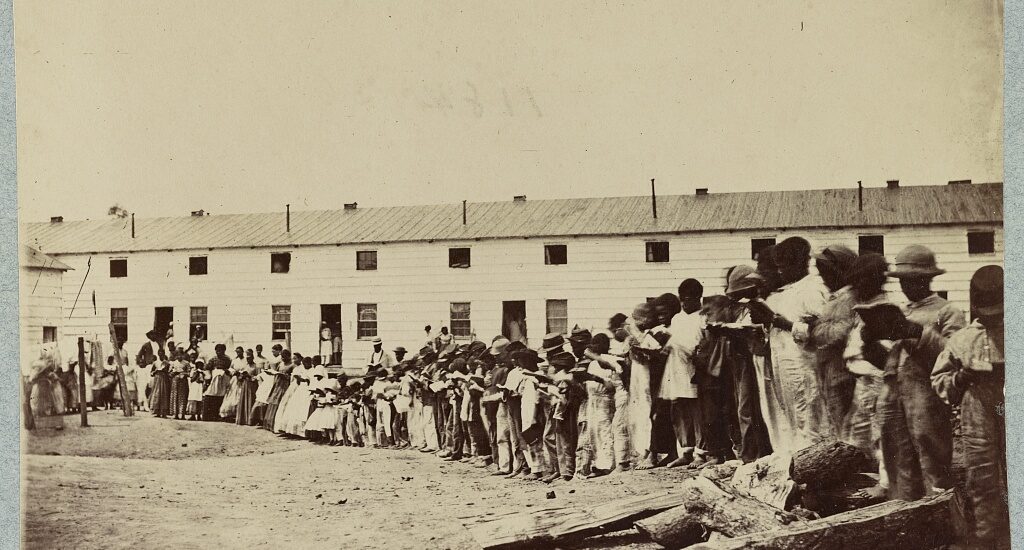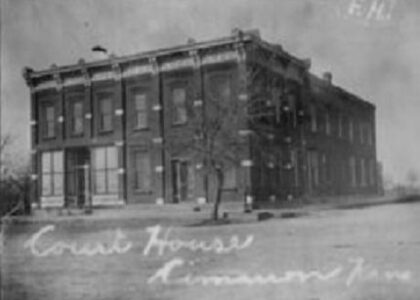Welcome to Post Civil War Freedman’s Town, a place rich with history and resilience. This area, located in Houston, Texas, is a testament to the enduring spirit of those who sought freedom and a new beginning in the aftermath of the Civil War.
Freedman’s Town was established in the late 1860s, when formerly enslaved African Americans began to settle here, seeking to build a community where they could thrive and live freely. This neighborhood quickly became a vibrant cultural and economic hub for Black Houstonians. Though life was challenging, the residents of Freedman’s Town were determined to create a better future.
One of the most significant events in the development of this neighborhood was the construction of brick streets in the early 20th century. These streets, many of which remain today, were laid by the residents themselves, often using bricks they made by hand. This labor-intensive effort symbolized both the communal spirit and the self-reliance that defined Freedman’s Town.
Notable figures who left their mark on this community include Reverend Jack Yates, a former enslaved person who became a prominent leader and pastor in the area. His influence helped establish churches that were not just places of worship but also centers of social and educational advancement. Another key figure was John Henry ‘Jack’ Johnson, who founded one of the first African American-owned businesses in the area, setting a precedent for entrepreneurship and economic self-sufficiency.
Over time, Freedman’s Town evolved, facing pressures from urban development and gentrification. However, the efforts to preserve its history continue, with many advocating for the recognition and conservation of its cultural landmarks. The community’s legacy is a powerful reminder of the struggles and triumphs of African Americans in their pursuit of equality and independence.
Today, visitors to Freedman’s Town can explore its historic streets, visit the Rutherford B.H. Yates Museum, and reflect on the stories of those who walked these paths before. This neighborhood stands as a living monument to the resilience and ingenuity of its founders and serves as an enduring symbol of cultural heritage and community pride.





